The Origins of Palmistry: A Historical Journey
Trace the roots of palmistry through this insightful journey into its mysterious past and wide-reaching cultural presence.
article by Nora Pennington
Introduction to Palmistry
Palmistry, or chiromancy, is the practice of evaluating an individual's character or future life by "reading" the palm of their hand. Various lines and mounts purportedly suggest interpretations by their relative sizes, qualities, and intersections. While the origin of palmistry is shrouded in the mists of time, elements of palmistry have been traced back to many ancient cultures.

Ancient Beginnings and Cross-Cultural Roots
The art of palmistry is ancient, with roots spreading across various cultures. Historians suggest that palmistry originated in India, with its mention found in the Indian scriptures, the Vedas. From there, the practice is believed to have traveled across the world. It was practiced by the likes of Babylonians, Chinese, Sumerians, and even Aristotle documented its methods after it was passed to him by Alexander the Great from Indian philosophers.

Palmistry's Journey to the West
Palmistry's migration to Western civilization is often attributed to the traveling Roma, or gypsies, from India. The Roma people played a significant role in the spread of palmistry across Europe, where it was adapted and merged with local customs and beliefs, leading to the varied styles of palm reading that are seen today.
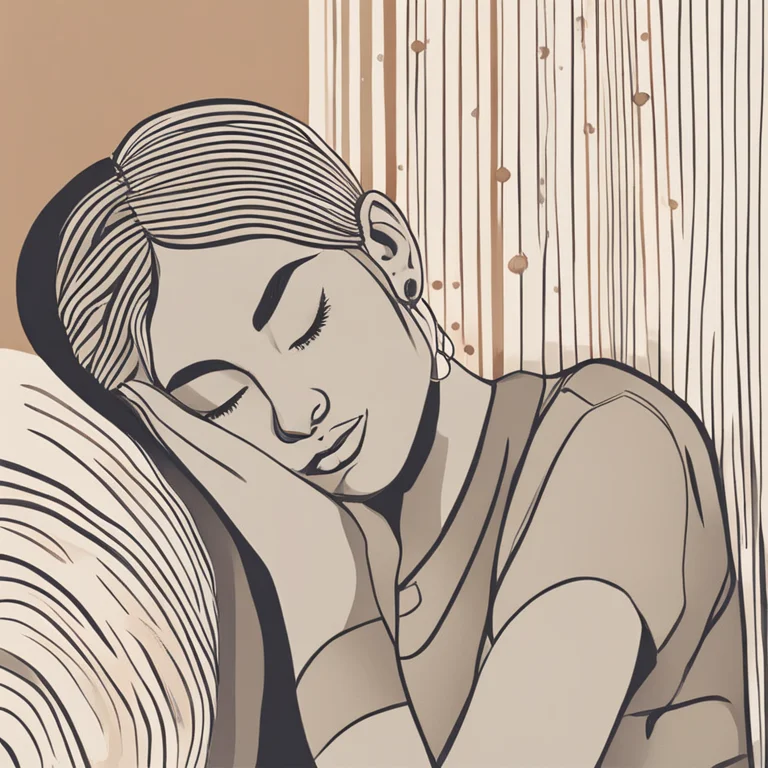
Medieval Times to Renaissance: A Period of Mistrust
In the medieval period, palmistry was closely associated with witchcraft and was often condemned by the church. However, during the Renaissance, this art experienced a resurrection as a subject of intellectual curiosity. It was during this period that notable figures such as Paracelsus and later Dr. Carl Jung recognized the potential psychological insights offered by palm reading.

Modern Developments in Palmistry
With the advent of new-age philosophies and a renewed interest in esoteric sciences, palmistry, along with astrology and tarot, has seen a revival in the modern era. Today, palmistry is practiced worldwide and is a popular subject at psychic fairs, bookshops, and online platforms, with myriad schools of thought contributing to its practice.
The Science and Skepticism
While many palmists link their practices to neurological studies and psychological patterns, mainstream science remains skeptical about the predictive power of palmistry. Despite this, it retains a significant cultural presence, regarded by many as a tool for self-reflection and personal insight, rather than an absolute method of divination.
Published: 1/11/2024
Modified: 1/12/2024
More predictions
Come back here soon to learn more about yourself and your future

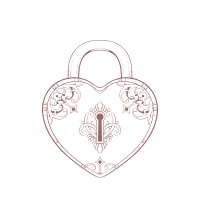
Unlocking Palm Lines for Career Success
Discover the secrets of your palms and what they suggest about your professional journey. Learn to read palm lines for insights into your career path.
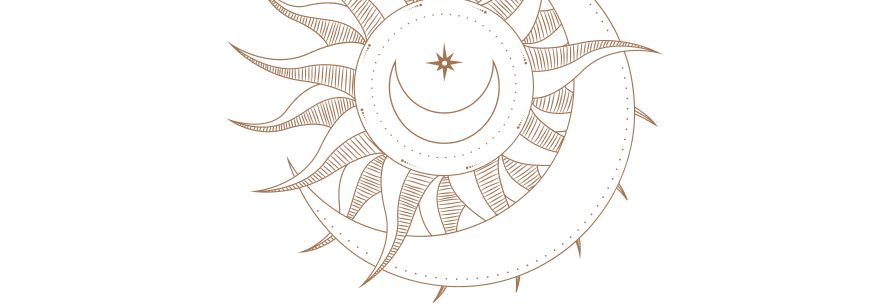
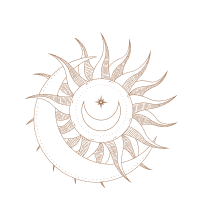
Palm Lines: A Guide to Your Hands' Secrets
Learn the art of reading palm lines with our straightforward guide. Discover what your hands reveal about your personality, destiny, and life!